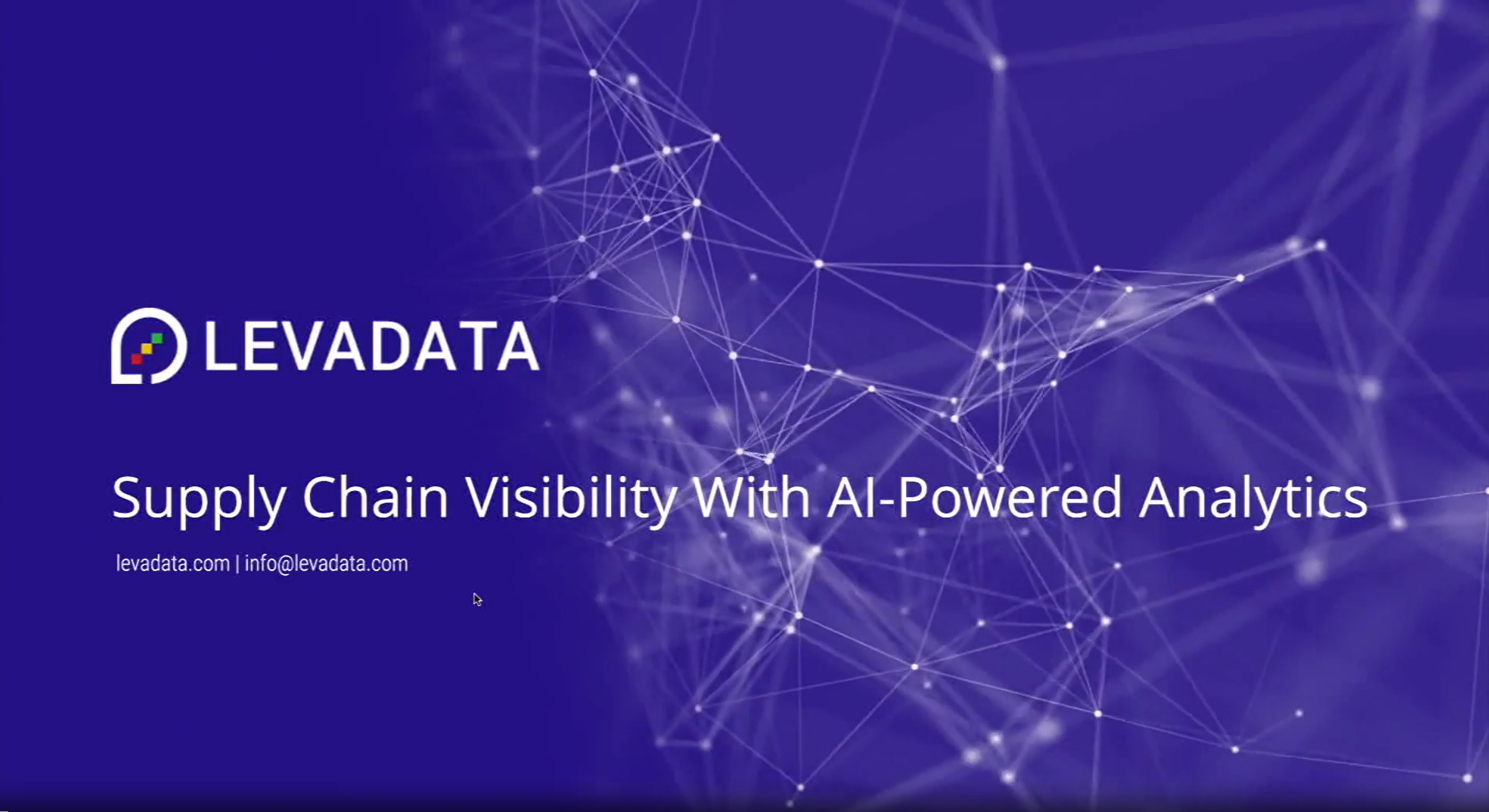
When it comes to supply chain planning, why do we keep relying on a jumble of systems, tools and applications? It’s enough to make your head spin: ERP, PLM, SRM, BI, PDM, S&OP, RFx and so many others, with data having to go back and forth across them all to do even the most basic planning tasks. It’s a tangled web of equally complex and inefficient processes — but it doesn’t have to be that way. We just need to combine human expertise with artificial intelligence (AI).
Consider the way things are typically done. To achieve cost savings, for example, organizations will pull business intelligence from various systems into spreadsheets, monitor their news feeds as information trickles in, identify optimization opportunities, open up a request for proposals, talk to different suppliers to collaborate, then come back to update the systems in the back end. If the organization wants to achieve a different goal, such as mitigating risk or bringing a product to market faster, the entire process has to be repeated all over again.
"It’s still a very manual process, even though we have all this information digitized in the back end," says James Nawrocki, VP of Solution Consulting at LevaData.
Managing the data you have
As you monitor the marketplace, you may be wondering: what risks sit inside your products? What events are affecting your supply chain? Which products are affected by which events? Who do you need to contact when certain events happen? How does your event response affect your bottom line?
In his presentation at Kinexions ‘22, Nawrocki argues that the key to answering all these questions is to look at the data that is coming into your organization — but here’s where things can get complicated. Nawrocki hears from LevaData customers all the time: "I have the information and the data, I just don’t have a way for it [sic] to talk to each other." So, they end up copying and pasting information from one database to the next, and exporting and importing data from and to various spreadsheets. This process not only takes a very long time, but it is also prone to human error. Solving that problem requires an entirely new approach to how you handle and manage the data you already have.
A simpler way to manage risk and optimize costs
Ultimately, what you need are greater insights from your data that will allow you to optimize cost, mitigate risk and bring products to market faster. Whether you’re looking at risk, lead times, end of life or material spend, combining human expertise with AI can unlock the visibility into your data required to get the insights necessary to streamline your processes and deliver the best possible outcomes. By harmonizing data and simplifying the information needed to make planning decisions, AI enables you to evaluate risks, track impacts on the supply chain in real time and make decisions on your purchasing strategy faster and with more confidence — while also eliminating the need to access and monitor five or six different tools in the process.
To learn more about LevaData’s AI-powered integrated supply management platform and the benefits it can bring to your business, watch Achieving complete supply chain visibility with AI-powered analytics.




